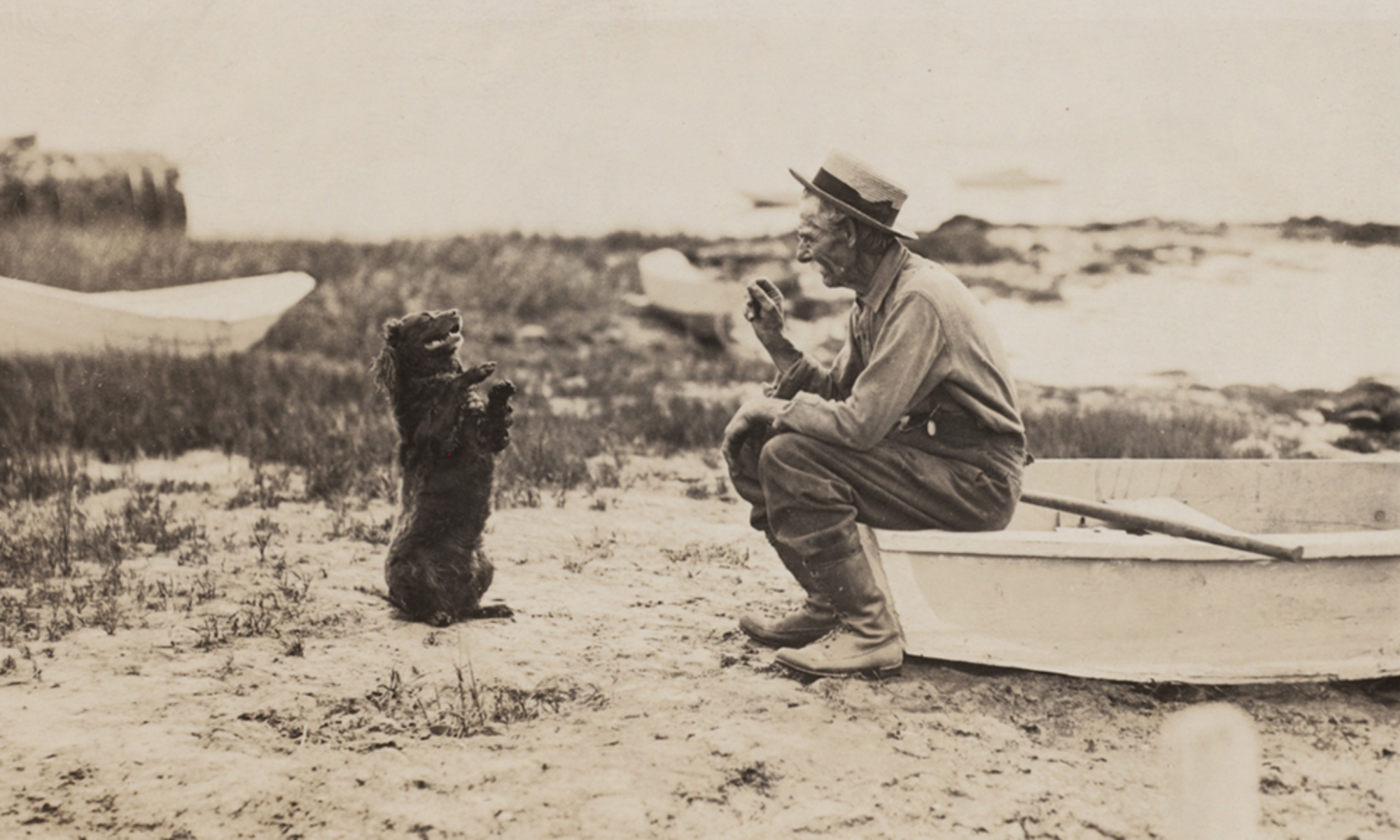Kingstonian Horatio Adams has appeared in the Pique of the Week a few times (here, here and here… well, that last one isn’t exactly about him, but it’s a favorite!)

He was an prominent figure in Town history, but who knew he’d be right in the middle of a hot online debate in Kingston today? Read on and you will!
This tale starts with a sizeable parcel of undeveloped privately owned land — 46 acres “more or less” off Winthrop Street — currently under a purchase and sales agreement. Because it falls under Massachusetts’ Chapter 61A laws, the Town of Kingston has the right of first refusal before the sale takes place.

Some residents are campaigning for the Town to buy the land and keep it as undeveloped open space. Others disagree. In the spirited online discussion of the last few weeks, the question of access to the 46 acre parcel has come up. On maps and plans, it appears land-locked, with no direct connection to Winthrop, Summer or any other public street, a serious obstacle to any use, public or private.
But ah, here’s Horatio’s historical hand…

Through the late 19th and early 20th century, Horatio Adams owned land in and around Blackwater as the area was known, including an icehouse on the pond and four acres of “upland and swamp in Blackwater” with a right of way to Winthrop Street over property to the south.

Tucked into the legal description of the pending purchase agreement — Exhibit P-1-B2 in the Board of Selectmen Meeting Packet for the continued public hearing on March 16 — for the 46 acres is this:
Parcel 3 … including specifically a ‘right of way for wagons from the granted premises Southerly over land of Standish to an old road (Winthrop Street) running East and West through land of Ellen Standish’ granted in Deed of Ellen Standish to Horatio Adams dated May 3, 1889.
Here’s that part of the recorded version (Book 576, Page 444) in the Plymouth Registry of Deeds).

This deed signed 132 years ago shows that the 46 acres is not land-locked; there is deeded egress to the south. But where exactly is the “land of Standish” over which his wagons could roll?
Another dive into the Registry turns up another connection. In 2019, a 1.15 acre lot at 27 Winthrop was split from a larger parcel (the original and current 27 Winthrop), and sold.

That 2019 deed (Book 52134, Page 218) shows the sale “subject to other easements, restrictions and reservations of record.” One of those easements appears in a note on a 2003 survey (Plan Book 46, Page 6899) for an earlier subdivision of the original 27 Winthrop. It reads
Locus is subject to existing right of way and drainage rights from land northerly of the locus, as set forth in Bk 576 – Pg 444.
That is, of course, Horatio’s 1889 deed with Ellen Standish. The right of way it established is called out both in the current purchase and sales agreement, and in the deed that transferred the 46 acres to its current owner (Book 3981, Page 476), and a number of other recorded instruments over the years. This 132 year-old easement affects 27 Winthrop, the 1.15 acres, and the other subdivided lots south of the 46 acres.

In a final twist, the purchaser of the 1.15 acre parcel was an LLC organized just two months before the sale. Its manager? None other than the purchaser in the pending agreement to buy the 46 acres.
More to come as this interesting situation unfolds…
Sources: Plymouth Registry of Deeds plymouthdeeds.org; Town of Kingston kingstonmass.org; Massachusetts Corporate Database sec.state.ma.us/index.htm; and the Local History Collections of the Kingston Public Library.
